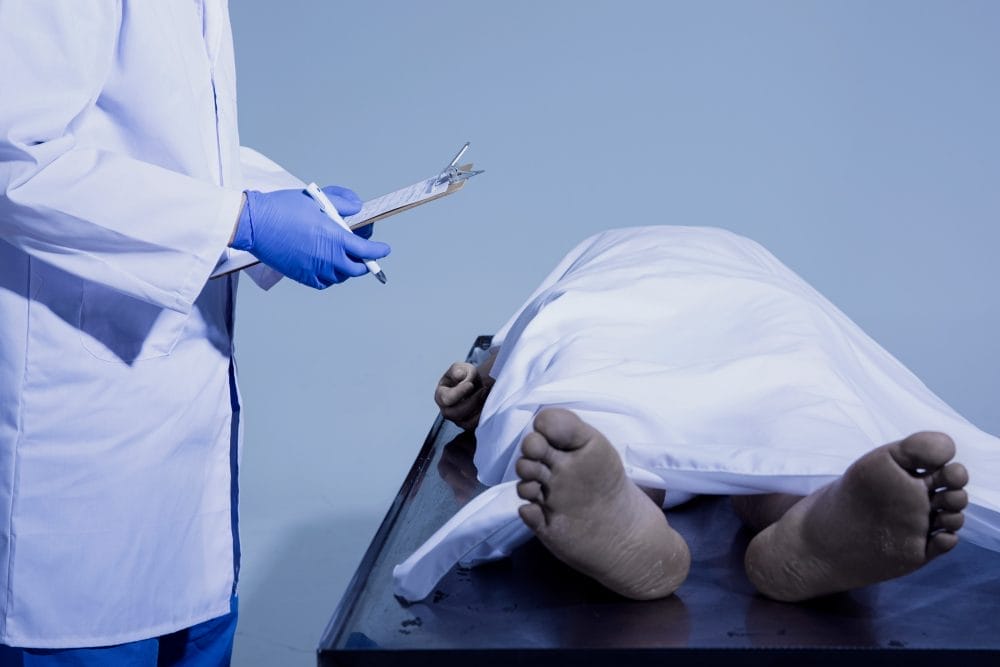Death is often shrouded in mystery, but the autopsy table is where some of that mystery gets solved. What many people don’t realize is that an autopsy isn’t just about determining cause of death—it can involve legally removing parts of the body for examination. The thought may be unsettling, but understanding what’s allowed can take away some of the fear.
Across different countries and states, the rules vary, but the central purpose is always medical, legal, or investigative. When the dust settles, knowing the boundaries of what can be taken ensures both respect for the deceased and clarity for the living.
Organs for Examination
During an autopsy, major organs like the heart, liver, lungs, and brain can be legally removed for analysis. This is done to look for signs of disease, injury, or poisoning. Once examined, these organs are typically returned to the body before burial or cremation unless they must be retained for ongoing investigation.
In high-profile or suspicious cases, organs may be kept for weeks, months, or even years. While this may sound intrusive, the law views it as necessary for accurate cause-of-death determination.
Tissue Samples
Tissue samples are often taken from different parts of the body and preserved in microscopic slides or paraffin blocks. These samples can be kept indefinitely for reference in future cases or for medical research. This long-term storage is legal when tied to public health or criminal investigations.
Families are often unaware these small samples exist, as they don’t alter the appearance of the body. Their role is crucial in uncovering diseases, toxic exposures, or genetic conditions.
Blood and Bodily Fluids
Blood, urine, and other fluids are fair game during an autopsy, and their collection is standard practice. These samples help detect toxins, drugs, alcohol, and infections. In legal contexts, they may be stored to preserve evidence in criminal cases. The retention of fluids is generally short-term unless linked to an unresolved investigation. While it may feel invasive, fluid analysis is one of the most direct ways to solve forensic puzzles.
The Brain in Forensic Cases
The brain often receives special attention during suspicious deaths, accidents, or unexplained medical conditions. Removing it allows pathologists to check for trauma, neurological disease, or stroke. In some cases, it’s preserved in formalin for weeks before detailed slicing and study. If it’s critical evidence, the brain may not be returned immediately. Laws typically permit this retention as long as it serves a legitimate investigative purpose.
DNA and Genetic Material
Genetic material can be legally collected during an autopsy and stored for testing. This might involve extracting DNA from blood, hair, bone, or tissue. Law enforcement uses it to confirm identity or link individuals to a crime scene. Medical examiners may retain DNA for public health reasons or to help surviving relatives understand hereditary risks. Legal frameworks generally require that DNA use remains connected to the case at hand, not for unrelated purposes.
Foreign Objects and Implants
Bullets, knives, shrapnel, or other foreign objects can be removed and held as legal evidence. Pacemakers, artificial joints, and surgical plates may also be taken for inspection. These removals can be critical in proving cause of death or reconstructing events. Items collected this way are often stored securely until all legal proceedings are finished. The law treats them as vital to justice, not as personal possessions of the deceased.
Entire Organs for Long-Term Retention
In rare situations, entire organs may be retained long-term for further study or court evidence. This is most common in complex criminal cases or when specialized medical tests take extended time. Legal permissions vary, but courts can authorize indefinite retention if it’s tied to justice or public safety.
While families may request return, the law often prioritizes the investigation. This power is rarely abused, but it’s one of the more controversial aspects of autopsy authority.
Medical Devices and Prosthetics
Medical devices like defibrillators, insulin pumps, or orthopedic implants can be legally removed. This may be necessary for safety—lithium batteries in pacemakers, for example, can explode in a crematorium. In other cases, devices are checked for malfunctions that might have contributed to death. Prosthetics may also be recovered if they have serial numbers linking to potential evidence. Though not as sensitive as organ removal, device collection still falls under strict procedural rules.
The Legal Limits of the Final Investigation
An autopsy may sound like an invasive last chapter, but it’s a structured, legally guided process aimed at truth and justice. Laws ensure that anything taken from the body serves a clear medical or investigative purpose. While the idea can be uncomfortable, these measures protect public safety and help families find answers. Understanding what’s allowed makes the process less mysterious and more purposeful.
Share your thoughts or experiences—how much should the law be allowed to take in the name of truth?
Read More
Why That Bank Deposit After Death Could Trigger an Investigation
This One Power Company Rule Could Delay Your Death Certificate








